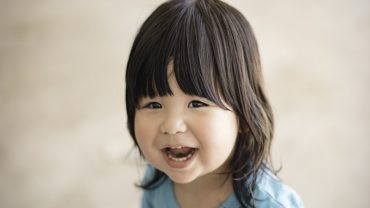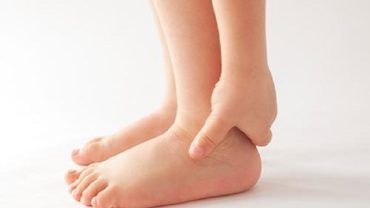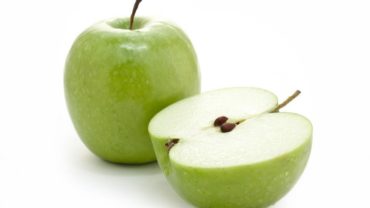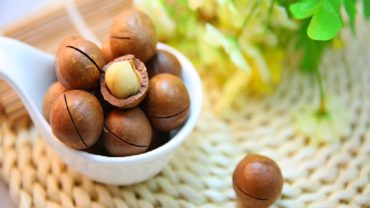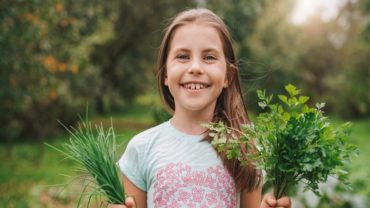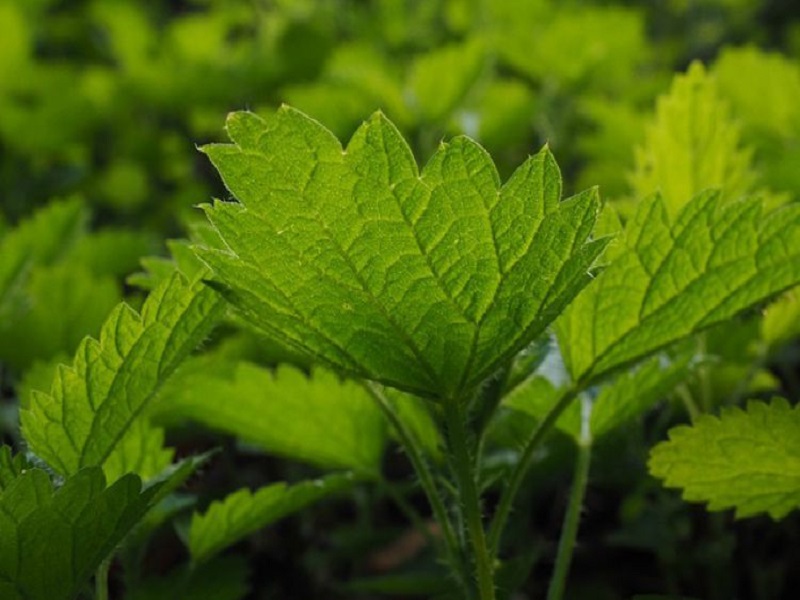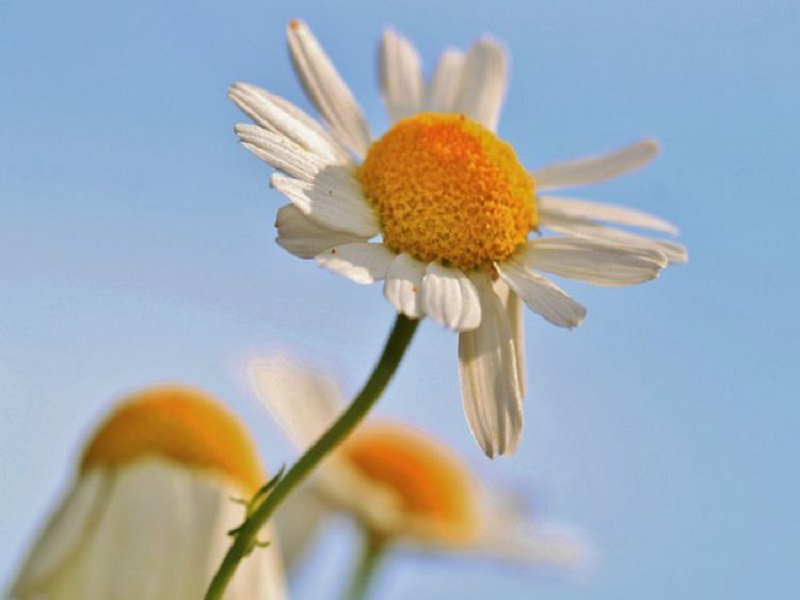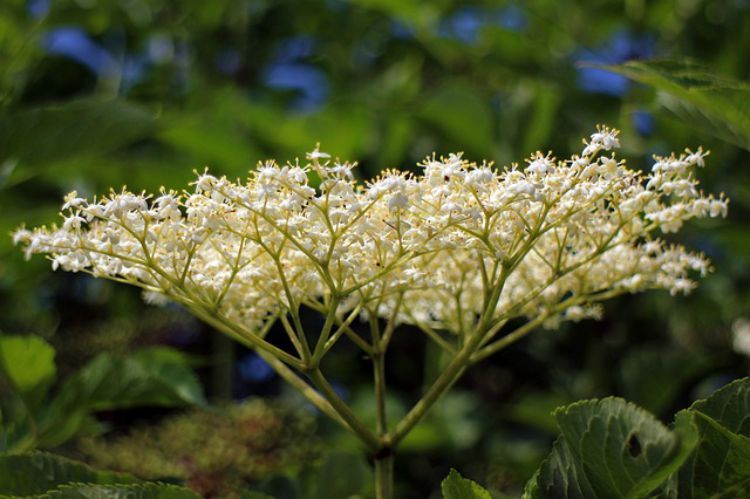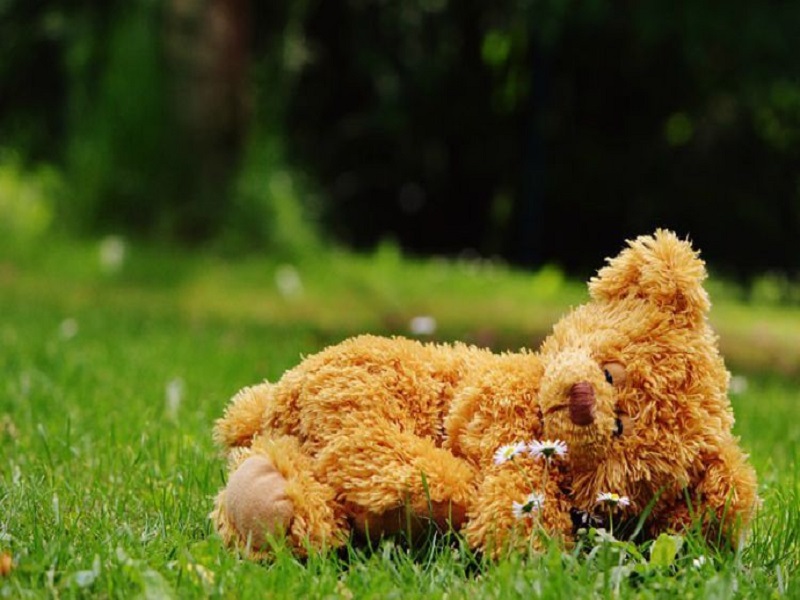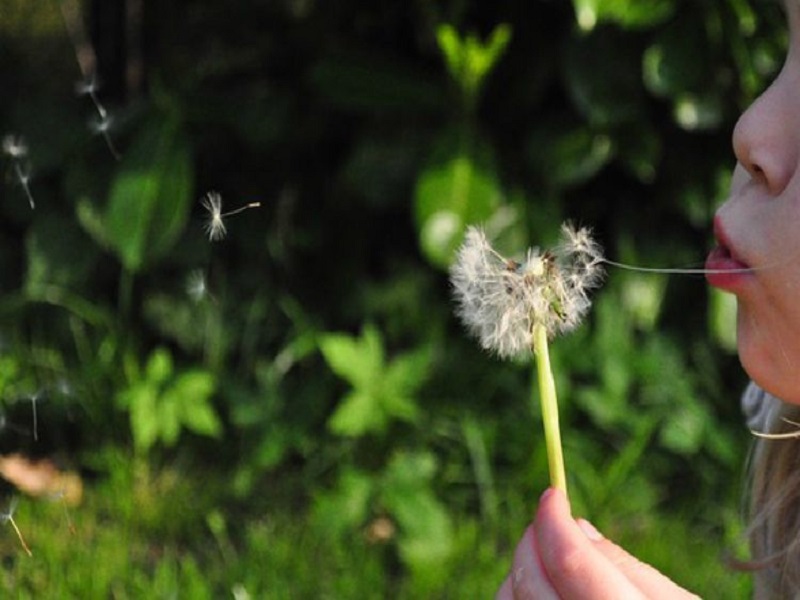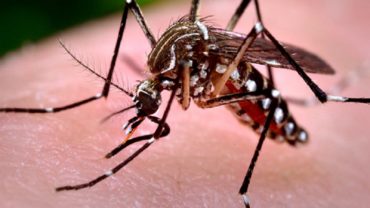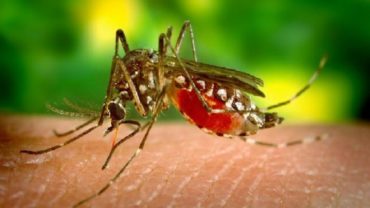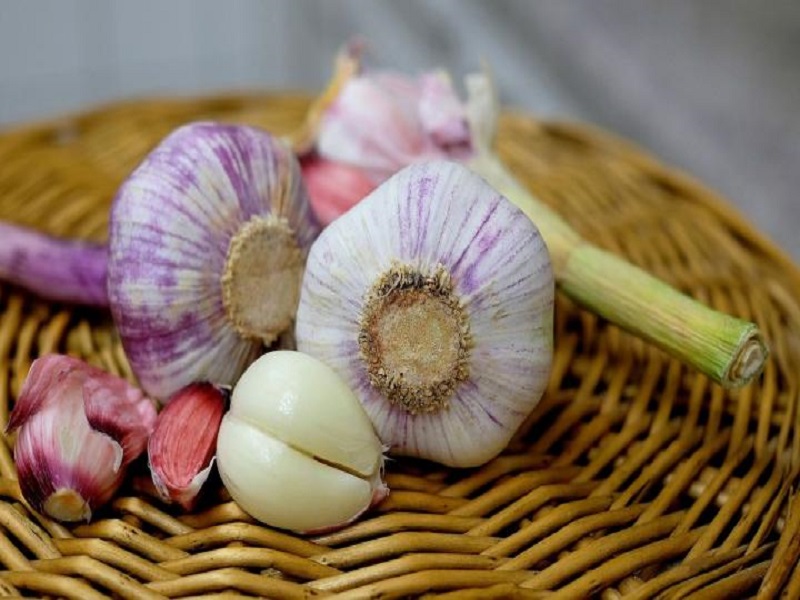via MHA: Children’s mental health problems are real, common and treatable. Although one in five children has a diagnosable mental health problem, nearly two-thirds of them get little or no help.
Untreated mental health problems can disrupt children’s functioning at home, school and in the community. Without treatment, children with mental health issues are at increased risk of school failure, contact with the criminal justice system, dependence on social services, and even suicide.
Parents and family members are usually the first to notice if a child has problems with emotions or behavior. Your observations, along with those of teachers and other caregivers, can help determine whether you need to seek help for your child.
The following signs may indicate the need for professional help:
- Decline in school performance
- Poor grades despite strong efforts
- Constant worry or anxiety
- Repeated refusal to go to school or to take part in normal activities
- Hyperactivity or fidgeting
- Persistent nightmares
- Persistent disobedience or aggression
- Frequent temper tantrums
- Depression, sadness or irritability
Early identification, diagnosis and treatment can help children reach their full potential. A first step may be to have your child complete our youth screening which is intended for young people (age 11-17) who are concerned that their emotions, attention, or behaviors might be signs of a problem. A complementary parent screening is also available for your use.
The information from the completed screenings can be helpful in starting a conversation with your child about their mental health, and may be useful when talking with your child’s pediatrician or a mental health professional.
An evaluation may include consultation with a child psychiatrist, psychological testing and medical tests to rule out any physical condition that could be causing the symptoms. Childen also must be carefully evaluated to distinguish possible mental health conditions from learning disabilities or developmental delays.
If your child is diagnosed with a mental health problem, a comprehensive treatment plan should include psychotherapy and, in some cases, may include medication. The plan should be developed with the family. Whenever possible, the child should be involved in treatment decisions.



